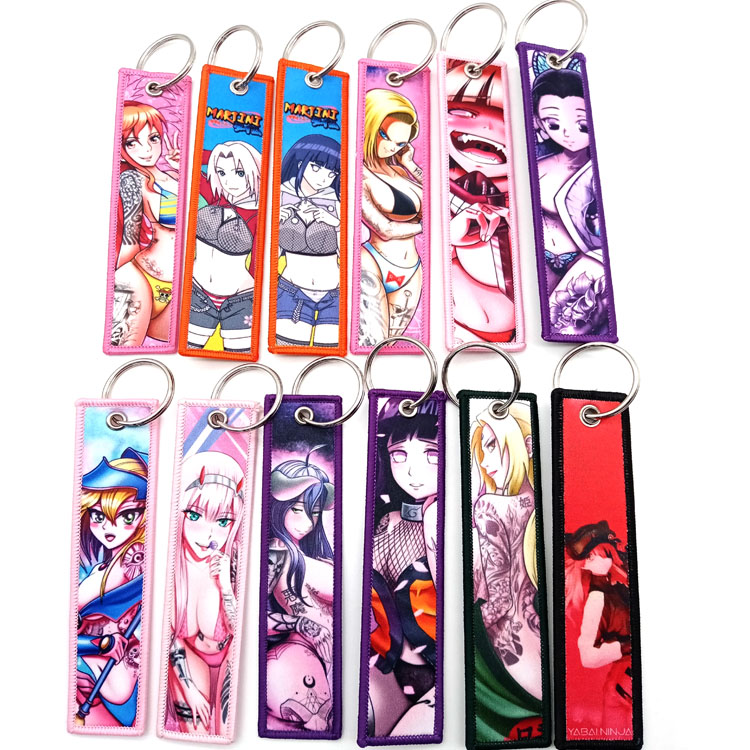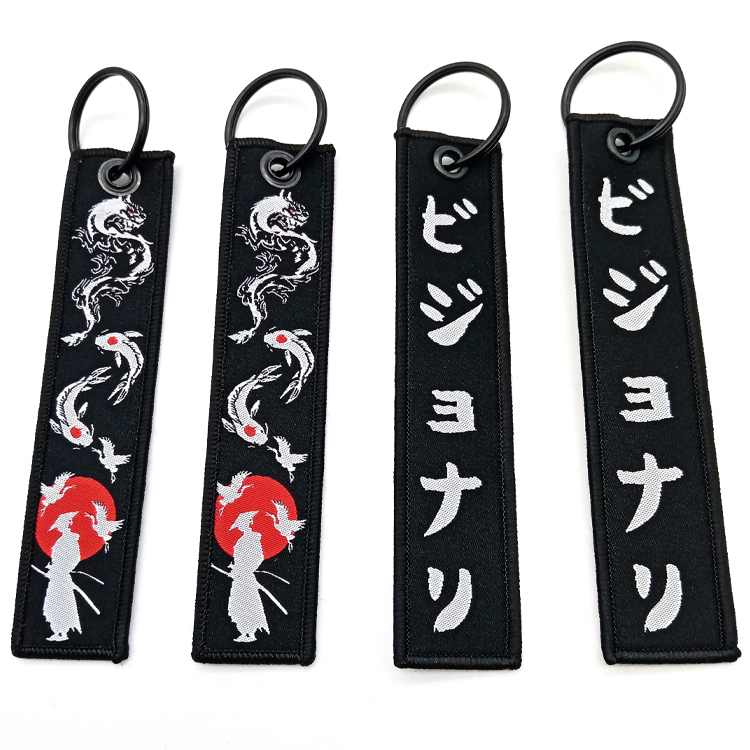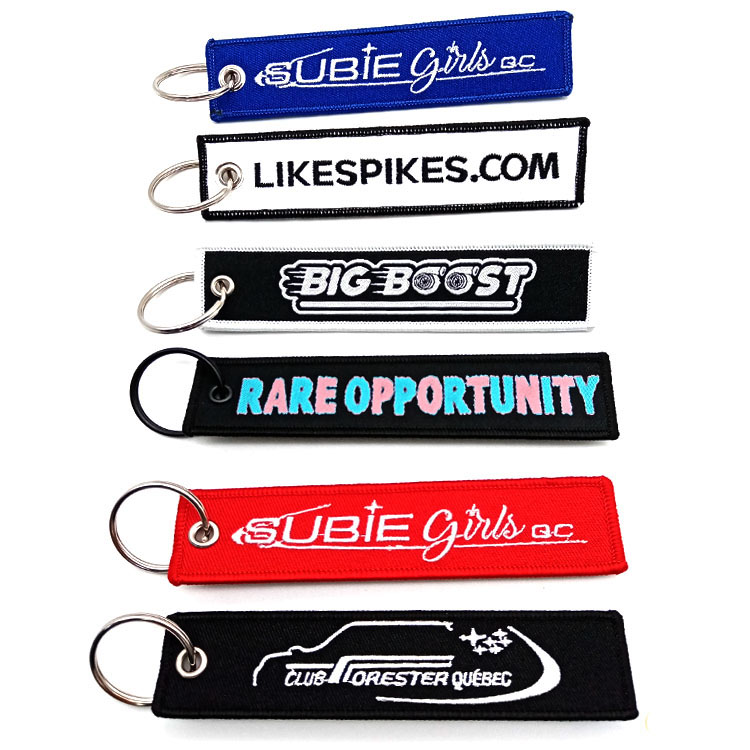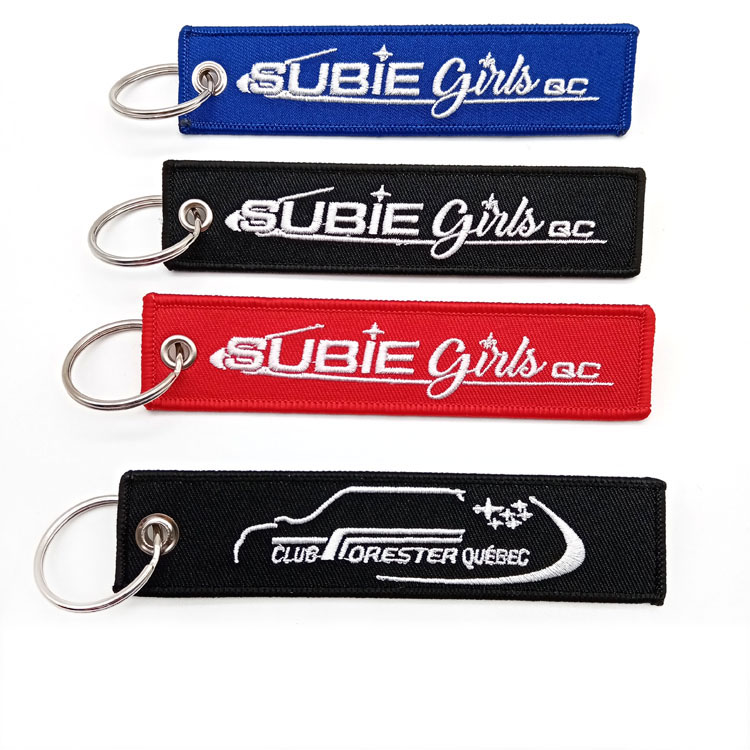Traveling in the snow and ice, you should be alert to possible dangers. · Glacial floods. The sunlight irradiates the melted ice water, causing the glacial river water to fluctuate. Due to the strongest sunshine at noon, the glacier river peaks usually appear in the afternoon. The raging floods and the turbulent peaks will kill hunters, explorers, climbers and wildernesses across the river; everything will be taken away in front of the immense glaciers. Dangerous ice rocks. The hanging rocks of the ice, whether it is glaciers, shelf shelves or something else, are extremely dangerous. Not only will it fall off the top of the ice gap that forms the bridge, but the falling ice and snow will bury the people walking below. When the weather is warm, the entire ice rock falls suddenly without any warning. Note: You must never scoop ice under the ice rocks. ·The danger of snow bridges. In the snow, the snow bridge presents a regular, dish-shaped depression that extends and spreads in an almost straight line. The old trapped snow bridge is more solid than the new flat snow bridge. When passing through this snow bridge, use the ice axe and snow trowel to check it to ensure safety. If you carry a heavy object through a snow bridge, you need to check with something heavier to safely cross the bridge. · Prevent avalanches. Alpine action, avalanche is a huge disaster. For safety reasons, snow walking should not be carried out in a blizzard climate. When there is strong winds and extremely low temperatures, special attention should be paid to preventing avalanches. At this point, do not crowd through the slopes and keep an observable safety distance between the two. Avalanches are induced by sounds, vibrations, rolling rocks or snow, and the effects of wind. Avalanches usually occur on slopes where small snowballs fall, snow-covered slopes, snow-clad slopes, steep slopes without trees from 36 to 42 degrees, long slopes, convex slopes, south and southwest directions. The slopes, as well as new snow cover over old snow and soft snow where temperatures rise. Generally speaking, it is sunny on the next day after the snowfall, and avalanche occurs easily at 9 to 10 o'clock in the morning. Abandoned by the risk of avalanche should pay attention to: pre-release the straps, in order to free large backpacks and other equipment, if necessary, to protect freedom of movement. Remove blizzards that impair vision and hearing, and discover signs of avalanches as early as possible. Avoid crossing dangerously snowy slopes. Avoid shooting and other sounds and vibrations. Avoid falling and other impacts on the snow surface. If you are involved in an avalanche, you should vigorously repeat the swimming movement in the moving snow stream and try to float on the surface of the snow stream. Because the hands and feet are difficult to move after the avalanche stops, the snow surface should be floated as much as possible during the snow flow. Cold walk Climbing glaciers and snow slopes requires special care. There are many cracks in the glaciers. The greatest threat to humans is the ice fall area and cracks on the edge of the foothills, especially the hidden cracks covered by snow are the most dangerous. When passing through a fissure, several people should act in groups and connect each other with a rope. The distance between two adjacent people is 10 to 20 meters. People who have opened the way in front of them must constantly detect the actual situation. The person behind must walk on the footprints of the person in front, so it is safer. When you pass through ice bridges or snow bridges on cracks, you must move forward. The snow slope must not only pay attention to cracks, but also be careful not to collapse the snow. In places where there is ice on the border with snow-covered hillsides, the snow is often deep and must be divided into small groups. When passing through the snow bridge, the opener first detects the snow bridge and then passes it. If the snow is soft and you have to pass it, you should go ahead. When climbing a steep slope, be sure to stand on both feet before moving. To step forward, use your forefoot to step on the snow and step on the steps to move the back foot. If you accidentally slip, you should immediately lie down and prevent it from falling. If you climb a glacier and snow slope, you have to take a few cracks. Walk on the snow, and pick a place where the snow is hard. Go hot, do not quench your thirst with ice and snow, suddenly devour ice and snow, easy to get throat inflammation. It's really thirsty. You can use melted snow and ice to rinse your mouth. Try not to swallow it. Water will increase the burden on the body's circulatory organs and affect your physical strength. To facilitate walking in the snow, you can use a branch (preferably a freshly cut tree branch) to make "snow shoes" by baking the branches in a U-shape and then using a string to tie them to your feet. When wearing, pay attention to using a rope to bind the toes and the heel to the front horizontal belt and the rear horizontal belt respectively. If the bale is not tight, it will hinder walking. The lashings should be tied on the upper or outer side of the shoe. If the ties are on the inside, it is difficult to walk when the left and right feet touch each other, and the tying is also easy to release. When walking on soft snow for a long time, stride and shorten the time to walk in the snow. When you walk, you have to step back a little and then step up and step forward. The retreat of the foot allows the snowshoe to have room for action in front of it, and it can also play a role in removing snow from the front. To take a steep slope, use the slope of the inner edge of the snowshoe to avoid the body from reaching the outer edge. When the snow freezes very hard, take off the snow shoes and walk. Walking in the valley should be near the centerline of the valley to avoid rolling hillsides. Do not get close to snowballs, and do not walk under snowballs to avoid triggering an avalanche. Snowballs stretch to the ridgeline or cliff downwind. When the windward slope is slow, it is easy to form snowballs, and steep slopes around 45 degrees are not easily formed. In areas where the wind direction is not constant and the slopes on the sides of the ridges are different, sometimes the snowballs protrude irregularly to both sides. Special attention should be paid to such snowballs.
Custom Fabric Keychain
We provide various types of cloth keychains, can be heat transfer, silk screen, embroidery, etc., the color and shape can also be customized.
Sample cost :Free of Charge
We are a factory with 13 years of experience in keychain production, we have very strong professional knowledge. You can customize a good idea for your keychain logo and provide a free design draft.
1. What's your best price for this woven Fabric Keychain? Jet Tags Keychain,Jet Tag Keychain,Jet Tag Keychains,Keychain Jet Tag,Jet Tag Jdm Shenzhen Yiyixing Zipper Manufacture Co.,Ltd , https://www.yyxchina.com
Logo tape:woven and embroidery
Technics :Merrowed Border, Double Side Logo
Usage :Widely Used in Airplane Crew, Garment ,Bags
Color :Red,orange,yellow,green,blue, purple,white and black (pantone color )




A: We will quote you best price according to your quantity, so when you making an inquiry, please let us know the quantity you want.
2. What's your MOQ? Can I mix styles and colors?
A: For Custom color flight woven fabric keychain, MOQ is 1000pcs per color. usually we don't accept mix styles.But for the first order,and we see your sincerity to cooperate,we will try to accept 500pcs per color,and the unit price will be higher than the unit price of 1000pcs.
3. What's the delivery time?
A: production time is 10-15 days after confirm with every details.
4.What's your packing?
A:Our usual packing for Lanyard is opp bag, then packed in export carton.
5. Can we customized color and size and tape with our own logo?
A: Yes, you can ,customized color and size is ok, we can do your logo and design for the printing,usually need to charge for the mold fee for small orders.
6.What about the warranty?
A: We are very confident in our products, every pcs of woven fabric keychain were tested ok here,and we pack them very well, so usually you will receive your order in good condition. But to avoid any subsequent trouble regarding quality issue, we suggest that you check the lanyard once you receive them,and let us know the details if there is any damaged ones, so that we can deal with it accordingly.
7.Do you have other main products in addition to the Keychains?
A: Our factory's main products are Rubber Label,Lanyard,Wristbands & Bracelets,Metal Logo Plate,Metal Buckle,Other Promotional Products.